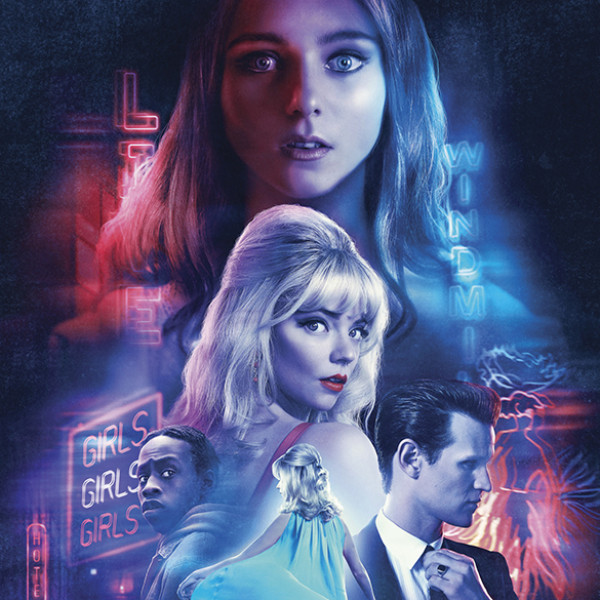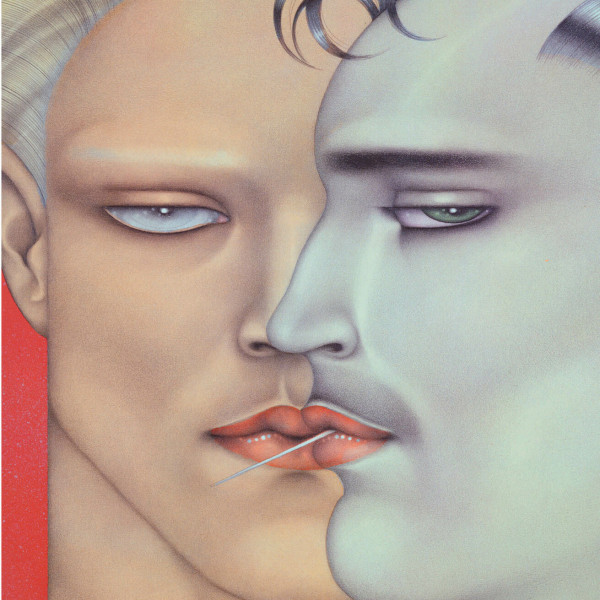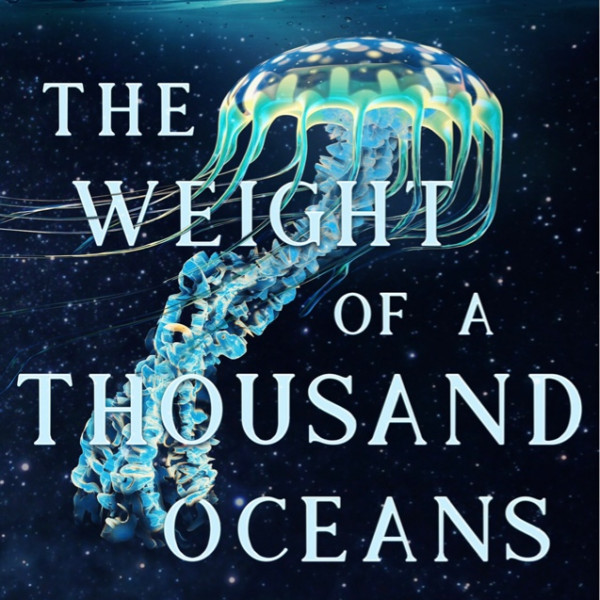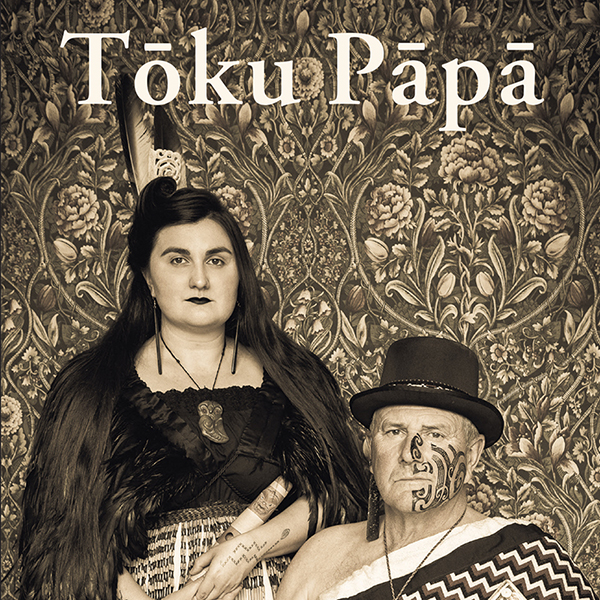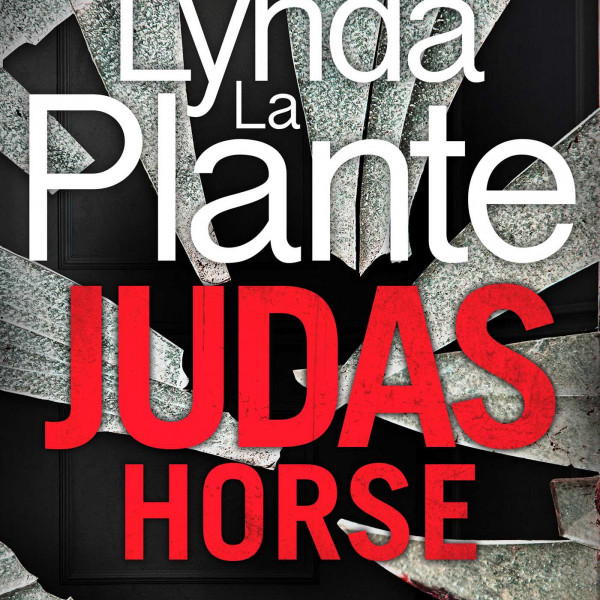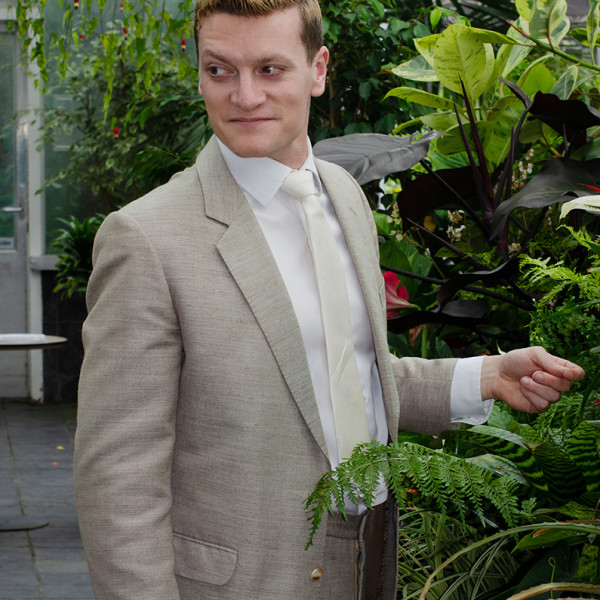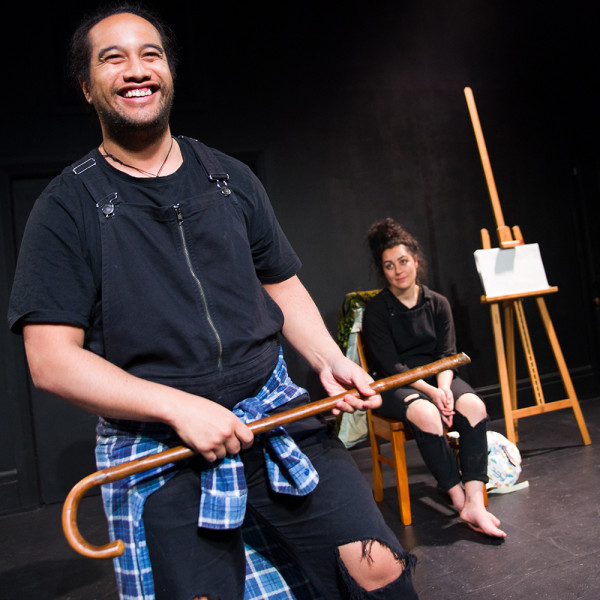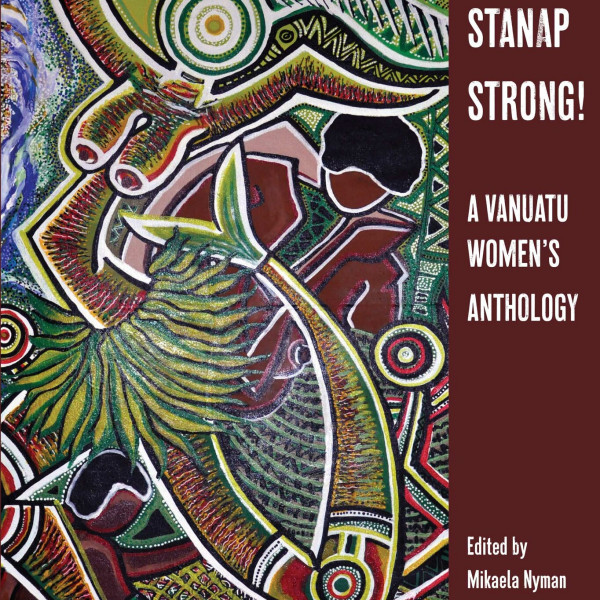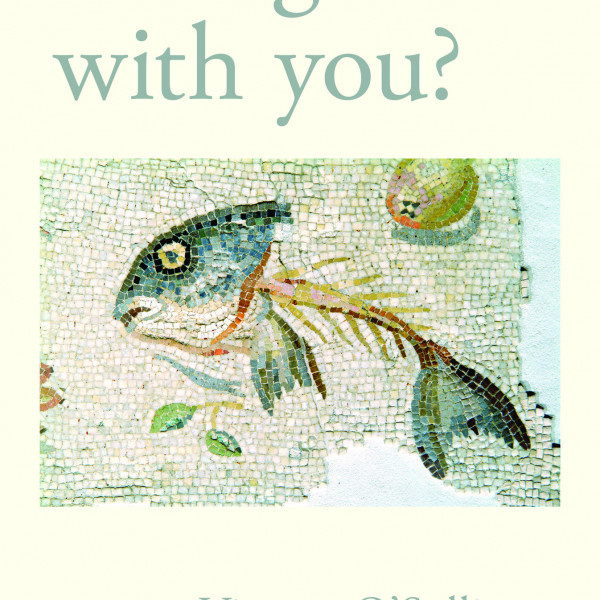
Hangmen
Written by: Martin McDonagh
Directed by: Andrew Cross
Running at Gryphon Theatre until 27th Nov 2021
Reviewed by: Madelaine Empson
Written by the man responsible for Seven Psychopaths and Three Billboards Outside Ebbing, Missouri, I knew Hangmen would be dark. But I certainly wasn’t expecting the side-splitting humour, nor the pathos lurking beneath shades of grey in this disturbingly entertaining rollercoaster ride executed to perfection by Stagecraft Theatre. ‘Scuse the pun.
Harry (Chris O’Grady) is a hangman in the UK, second only to his arch nemesis Pierrepoint (Marty Pilott). When hanging is abolished in 1965, barflies hover at Harry’s pub. We have journalist Clegg (Rob Scott) seeking comment, Arthur (Barry Mawer) wanting clarification and Charlie (Steve Bell) providing it, Harry’s wife Alice (Simone Kennedy) watering Bill (Felicity Cozens) with pints, Inspector Fry (Lee Dowsett) on a very long lunch break, and Harry’s daughter Shirley (Maddy Johnston) just looking for a place to mope. At least according to her parents, anyway.
When mysterious stranger Mooney (Bruno Hart) arrives, immediately unsettling both characters and audiences alike, the plot thickens like rancid Guinness. More complications come with Syd (George Kenward Parker), Harry’s former assistant who helped hang the (maybe) innocent Hennessy (Robbie O’Hara).
I can’t begin to express how talented this cast is, with Hart in particular hitting every single beat while crafting his own with the help of formidable director Andrew Cross. Hart has the best sense of timing for black comedy that I’ve ever seen. O’Grady leans into the narcissistic elements of Harry beautifully, creating a protagonist I sometimes dislike more than Mooney. The snivelling Kenward Parker is another standout, eliciting sympathy for Syd that turns out to be quite unwarranted. I’ll have that sympathy back, thanks. And as our punters, Cozens, Bell, and Mawer bring out the heartiest laughs of them all.
Special mention to the elaborate set (Amy Whiterod) and Tanya Piejus’ sound design, which amplifies the tension with transitional music we all hum along to before being smacked in the face by the next scene.
Wow. Just wow. I’ve got no other words except… Go. See. This. Production.




